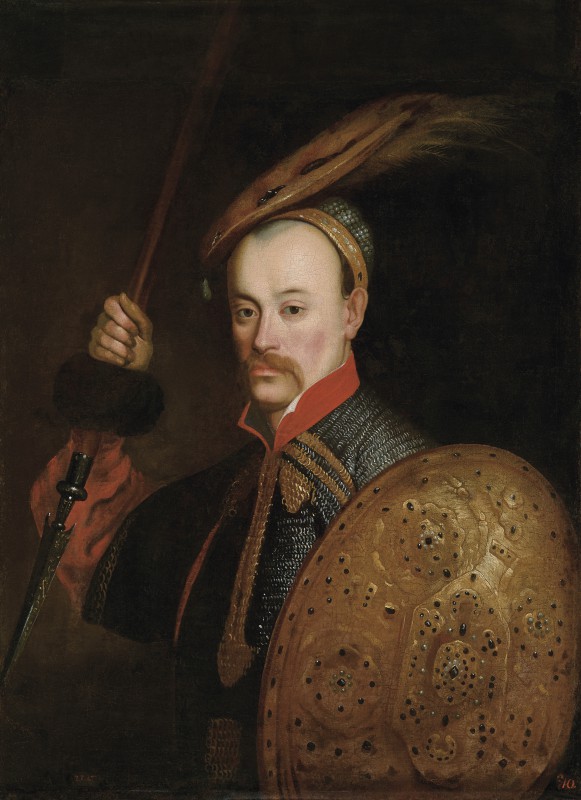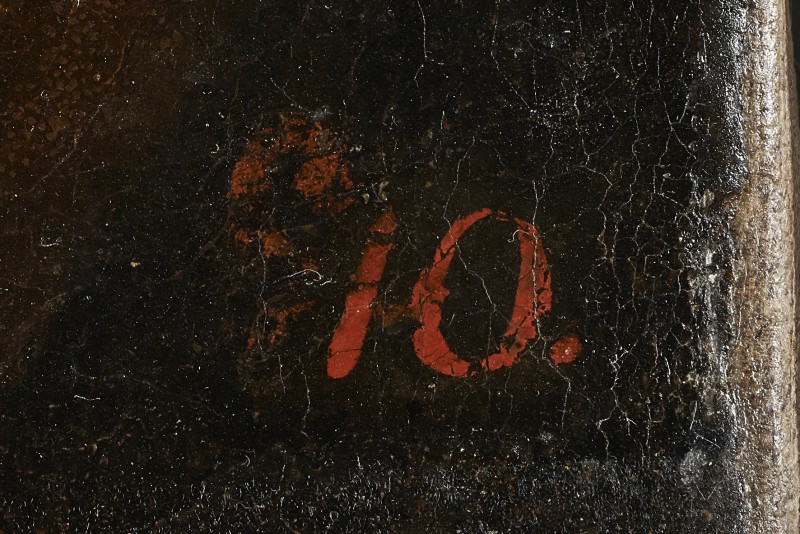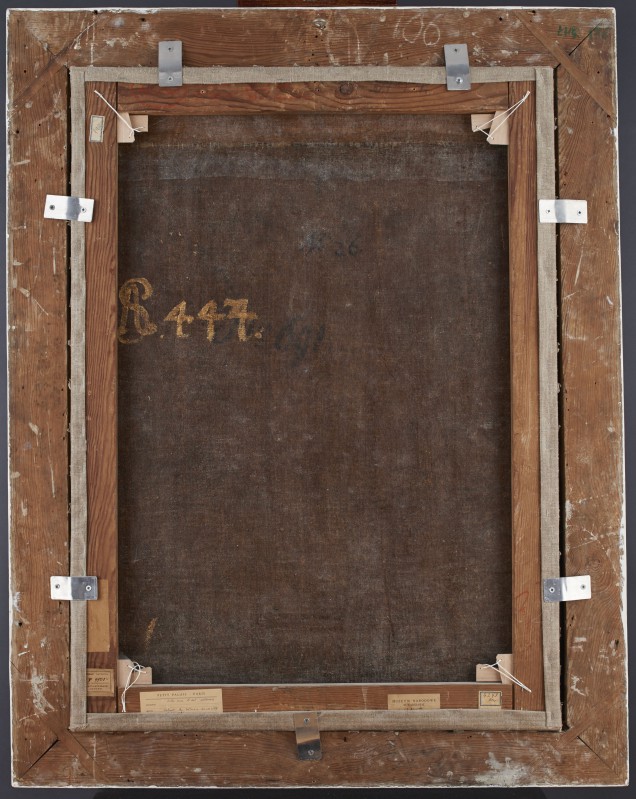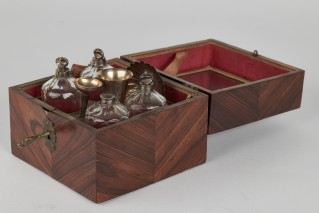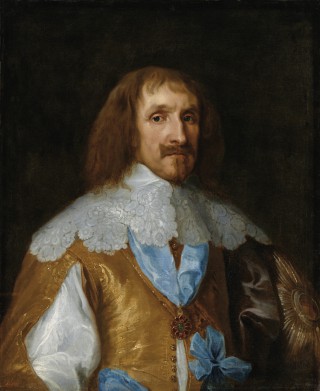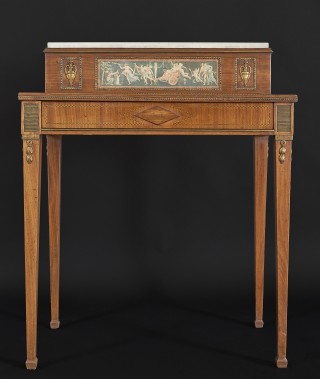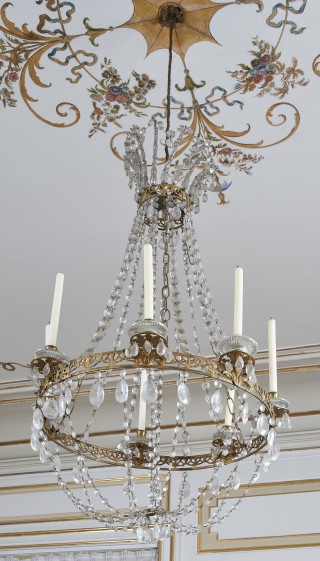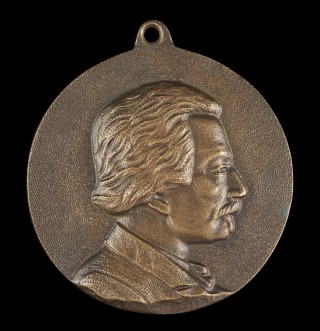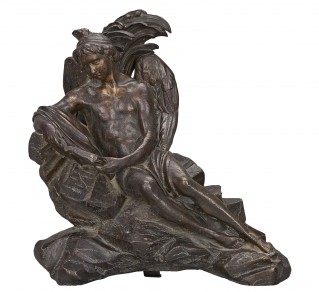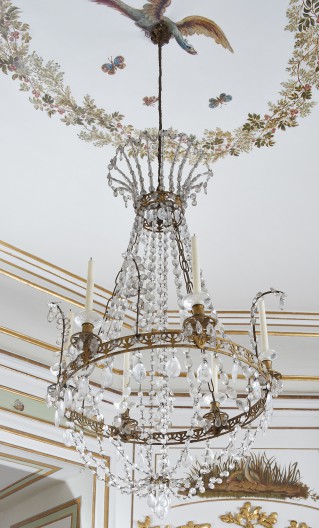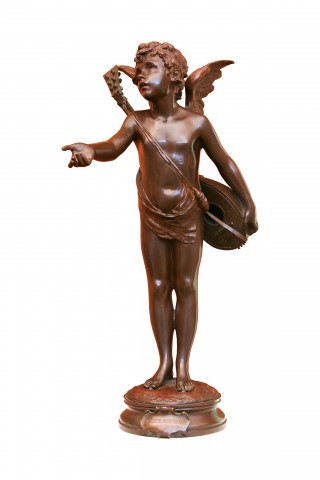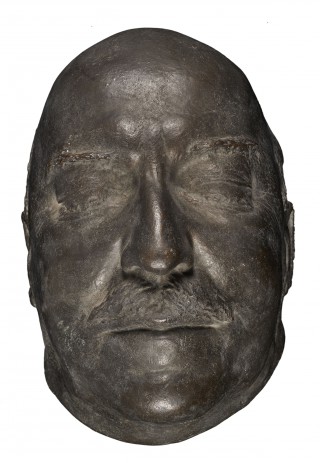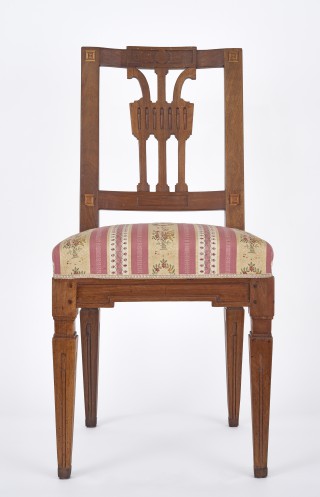Portrait of Wincenty Gosiewski (?)
- Date
- c 1650
- Object type
- painting
- Technique
- oil
- Material
- canvas
- Dimensions
- 97,5 x 71,6 cm
- Acquisition date
- 1776
- Location
- The Palace on the Isle - Vestibule, ground floor
- Marks and inscriptions
- red number 2227 (partially illegible) of the Stanisław August collection, bottom left red number 10. of the 1839 inventory of Russian Imperial Palaces – Łazienki, bottom right (beneath it are traces of a red monogram or number)
- Place of Origin
- Warsaw (Poland, Mazowieckie)
- Owner
- The Royal Łazienki
- Museum number
- ŁKr 136
Wincenty Aleksander Gosiewski (born before 1620– died 1662),Treasurer of the Grand Duchy of Lithuania from 1652, Lithuanian Field Hetman from 1654; he participated in the Cossack Wars in the years 1648–49 and 1651 and the wars with Russia in the years 1654–55; diplomat, translator and poet.
The painting was the property of August Sułkowski (1729–86) in Rydzyna, from where it was acquired, with a group of at least eight other paintings, for the Stanisław August collection before 1776.We do not know how the Rydzyna paintings came to be in the king’s collection; they may have been a gift of Sułkowski who, although at odds with the King, in 1774 began seeking to regain the monarch’s favour. Sułkowski was successful in his endeavours as evidenced by the establishment of the Rydzyna entail by Parliament in 1776 … . In that year, Gosiewski’s portrait had already been installed in the overdoor of the Vestibule in the Łazienki Palace, as can be seen in the drawing made by Johann Christian Kammsetzer in 1776 … .
Kałamajska-Saeed argued the sitter was Jan Ferdynand Sapieha (1629–59) … . Her conclusion was based on the portrait of Sapieha in the Sapieha ancestral gallery in Kodeń, painted in 1709 … . Kałamajska-Saeed suggests the Łazienki portrait was made after Schollenberger’s engraving and the Kodeń portrait—after the Łazienki painting, but, unlike the engraving, it bears the correct inscription. …
Both possibilities … , which is why when sustaining the identification of the sitter in the Łazienki portrait as Gosiewski, based on the inscription in Schollenberg’s engraving, and upheld for more than two hundred years—the interpretation suggested by Kałamajska-Saeed should also be taken into account. ...
The question of the sitter’s identity may also be analysed on the grounds of costume. Maria Kałamajska-Saeed believes the sitter’s dress is that of a captain of the light cavalry, which, in her opinion, would point to Jan Ferdynand Sapieha who, in 1651, fought at the Battle of Berestechko as captain of a Cossack squadron. However, it does not rule out Gosiewski who, in 1648, also led a cavalry regiment under the command of Janusz Radziwiłł. ...
In our opinion, the sitter’s costume is a compilation of actual garments and arms, and imaginary items such as, for example, a headdress of unusual shape. [See D. Juszczak, H. Małachowicz, The Stanisław August Collection of Paintings at the Royal Łazienki. Catalogue, Royal Łazienki Museum, Warsaw 2016, no. 124, pp. 452–456.]
